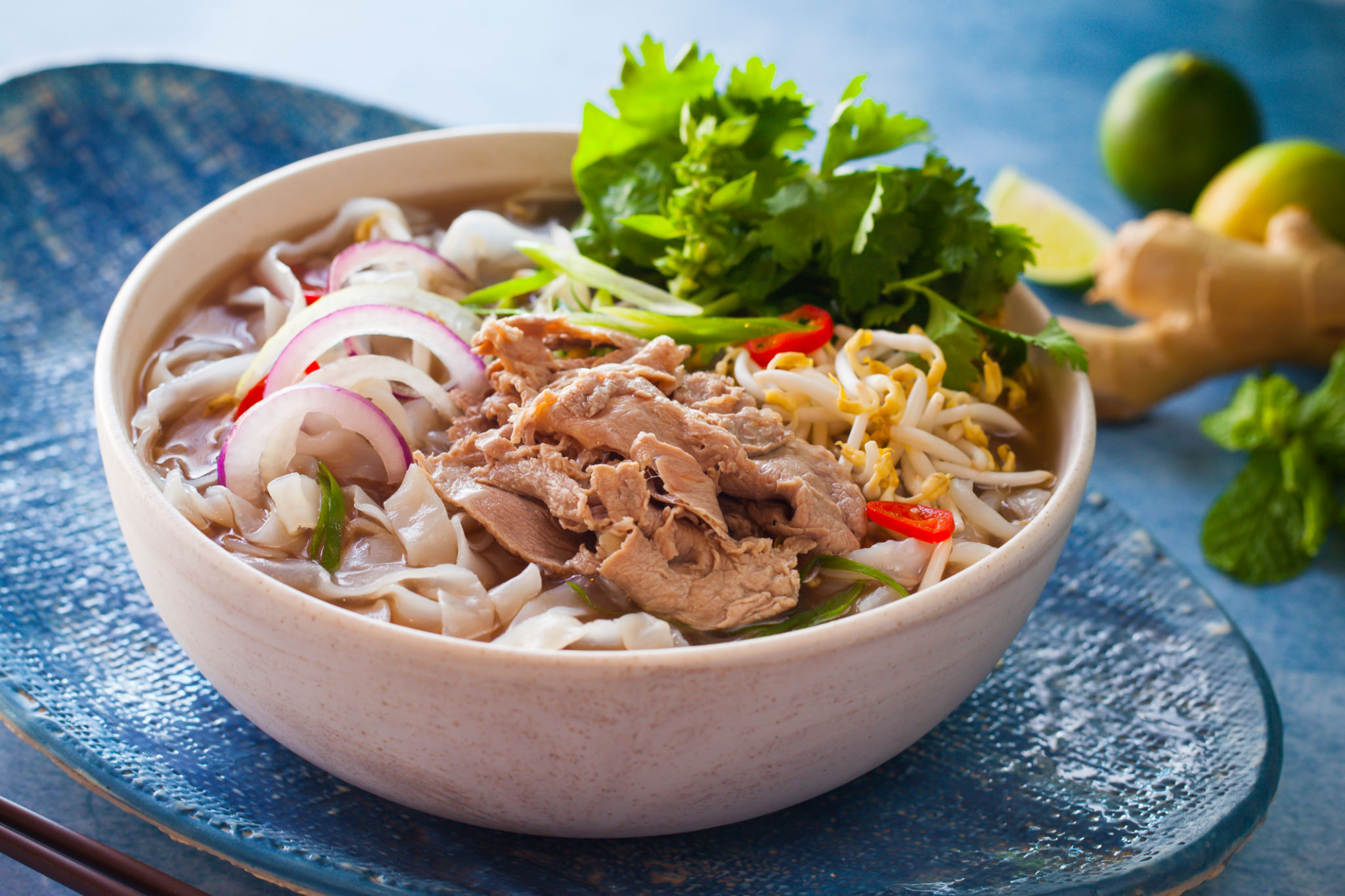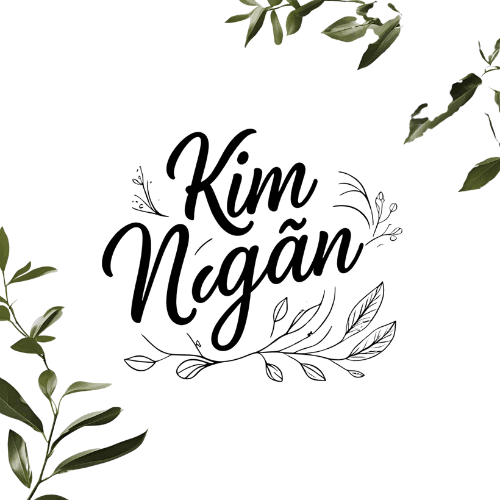In a Bowl of Phở – Vietnam’s History, Heart, and Heat
In a Bowl of Phở – Vietnam’s History, Heart, and Heat
Phở is more than a traditional Vietnamese dish — it’s Vietnam in a bowl: clear, complex, humble, and deeply soulful. A story of history, warmth, and quiet perfection.
I didn’t grow up with phở.
Not the way many think. In my hometown in the Mekong Delta, breakfast often meant hủ tiếu — light, sweet, a little southern in its rhythm.
But phở was always there — not daily, not loudly, but with presence.
It came with weddings, early-morning buses, and visits to Saigon. It came with a sense of occasion. Of warmth. Of something that mattered.

Phở – A Northern Soul in a Southern Journey
Phở was born in the North, they say — sometime in the early 1900s, near Hà Nội.
A blend of Chinese influence, French echoes, and Vietnamese ingenuity.
It was a street food, humble and honest, served in the cool northern air.
Then, like many things Vietnamese, phở moved.
It traveled down the country — carried by migration, war, and longing — and it changed.
In Sài Gòn, it picked up sweetness.
In the Delta, it grew lighter, friendlier — like the people there.
Each bowl now tells a different story. And somehow, they’re all true.
The Anatomy of Comfort
There’s a bowl I remember from a quiet alley in District 3.
The broth was gentle, not shouting with spices but whispering with depth.
The woman who made it moved like she’d been doing it all her life.
Maybe she had.
She didn’t talk much. Just handed over the bowl with bean sprouts, herbs, and a little wedge of lime.
“Phở bò tái, thêm hành nghen.”
And just like that, it was more than a meal.
It was a moment of stillness.
Of steam rising and time slowing down.
Phở Isn’t Perfect. That’s Why It Stays.
Some say the broth must be clear. Others say it must be deep.
Some like it northern-style, pure and minimal. Others want the southern version, rich and generous.
But phở doesn’t ask for perfection.
It asks for care. For time. For heart.
Because phở, like Việt Nam itself, is layered.
It remembers hardship.
It celebrates survival.
And it always leaves space for personal taste.
If You Come to Vietnam, Don’t Just Taste Phở — Listen to It
Sit down at a plastic table, early in the morning.
Watch the locals eat without rush.
Listen to the slurp, the laughter, the clatter of chopsticks.
That’s not just a meal — that’s a rhythm.
Phở is Vietnam’s quiet song.
It’s in the steam.
In the bones that boil overnight.
In the hands that stir without recipes.
It’s not trying to impress you.
It’s trying to feed you — honestly.
🌿 Notes from a Southern Traveler
Best time to eat phở: Morning, before 9 a.m., when the broth still carries its full intention.
What to try:
In the North: phở bò tái with bánh quẩy
In the South: phở bò viên or phở gà with herbs and hoisin
Local tip from the Mekong: Don’t be afraid to add a bit of chili vinegar. Sometimes, that’s the soul of the bowl.
With broth on her breath and stories in her heart,
Kim Ngân – daughter of the river, writer of quiet cravings
→ Also read:
In the Land of Fish Sauce – How Vietnam Turns Fermentation into Magic
→ Also explore:
Huế – A City That Speaks in Rain – where the quiet of phở finds its poetic twin
Cần Thơ – Where Morning Rises on the River – the Mekong's own breakfast rhythm
